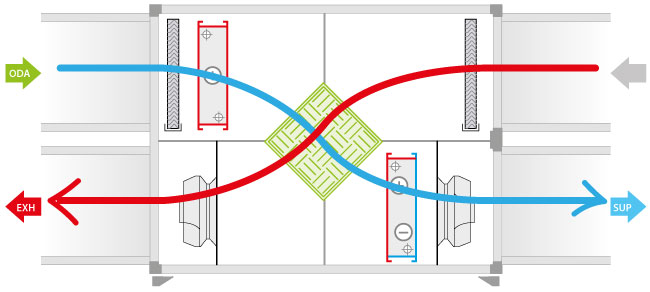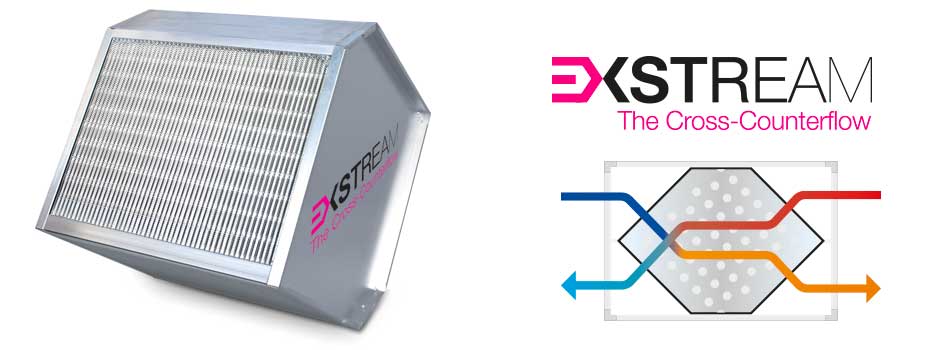Heat recovery system: superior performance for highly efficient indoor air quality
Maintaining good indoor air quality is essential for any building, but it can be costly.

Traditional ventilation systems consume large amounts of energy to ensure that the air inside remains clean and healthy, but there are ways to cut this consumption without sacrificing the quality of the indoor environment. Heat recovery systems for air handling units are one such solution that saves energy costs while providing occupants with fresh, healthy air.

A heat recovery system works by moving heat from an exhaust air stream to the supply air stream, thereby reducing the amount of energy required for cooling or heating processes.
When it comes to air handling units, one of the key factors to consider is the choice of a heat recovery system that meets all design requirements while being as efficient and compact as possible. Unfortunately, this is not an easy task: choosing the right type of heat recovery unit requires careful consideration using various parameters including efficiency ratio, pressure drop and the appropriate size in relation to the machine where it is to be installed.
It is important not only to consider the cost savings associated with efficient operation, but also the limitations of design posed by physical size and installation constraints. With the ever-increasing demand for more compact solutions, engineers should take the time to assess the different options available in order to find the optimal solution that meets the specific objectives of the project.
To meet these and other requirements, Recuperator, a member of the CAREL group, is presenting EXSTREAM, the cross-counter flow heat exchanger, for the first time at ISH.

EXSTREAM incorporates the benefits of plate heat exchangers to the fullest: it ensures high performance due to the large exchange portion combining both cross-flows and a large counterflow section. The hexagonal shape and fin geometry ensure high efficiency and low pressure drops, in keeping with the ongoing search for an increasingly efficient solution. Lastly, they facilitate installation and performance by retaining a one-piece configuration even when large flow rates need to be accommodated.
